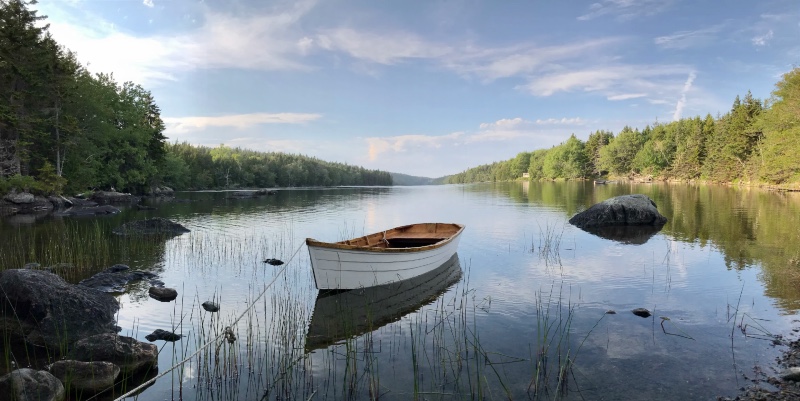Maine is an unusual state, with a distinct identity and, in rural areas, a culture that remains distinctly pre-industrial. It borders more Canadian provinces than it does states; it is the only mainland state with just one interstate highway; it is the only state crossed by the national railroad of another country; and, under treaties that date back to colonial times, it reserves seats in its legislature for Native American tribes.
My new book, Everyone Knows But You, is a love letter to Maine disguised as a murder mystery. The plot is shaped by the locale. Indeed, the person eventually identified as murderer is seen by neighbors differently than would be the case in most of the rest of the country.
Here are five books that helped me understand this beautiful and unique part of the country.
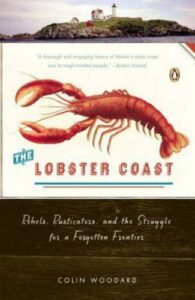
The Lobster Coast by Colin Woodward (2004)
An encyclopedic tour de force that covers everything from “lobster war” turf battles to the influence on American culture of Winslow Homer and Edward Hopper. Probably the single best book to read about Maine, its history, and its myths.
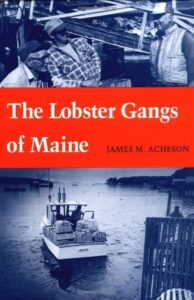
The Lobster Gangs of Maine by James Acheson (1988)
A thorough anthropological study of how lobstering works in Maine, or at least did a few decades ago. Also, inadvertently, a powerful refutation of the theory of “the tragedy of the commons,” the theory that public resources are always abused more than private ones are. Maine has successfully regulated its lobster fishing industry for more than a century, one reason that it still has a thriving lobster population in its waters.
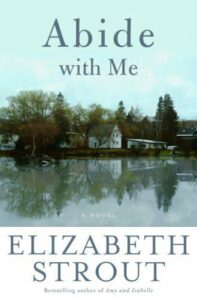
Abide With Me by Elizabeth Strout (2006)
Strout is one of my favorite writers. Her works feel a bit to me like “Ann Patchett goes to Maine.” Strout is best known for Olive Kitteridge, which itself captures a rich slice of life in Maine. (Hint: Mainers don’t think that wildly pessimistic title character is crazy, but they think her ever-optimistic husband is.) This earlier novel of Strout’s makes the wan winter light of Maine almost a character, and it works wonderfully. Reading it during Maine’s five-month-long winter was a little spooky.

Liberty Men and Great Proprietors by Alan Taylor (1990)
The first book by a historian who went on to win two Pulitzer Prizes, this lively work focuses on clashes over land titles between Revolutionary War veterans in Maine and big landowners, many of them based in Boston. Read this and you’ll find out why all those towns in the interior have ideological names such as Freedom, Unity and, of course, Liberty. And also why many Mainers still have a residual loathing of people from Massachusetts, for whom they have a rude term.
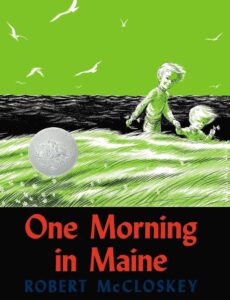
One Morning in Maine by Robert McCloskey (1952)
This warm little work is the most representative of a group of great children’s books that come from a small part of the mid-coast near Blue Hill. Others in that distinguished collection are E.B. White’s Charlotte’s Web, Margaret Wise Brown’s The Sailor Dog (AKA “Scuppers”), Barbara Cooney’s Miss Rumphius, and McCloskey’s own Blueberries for Sal. I don’t know why so many children’s authors were drawn to the relatively small and sparsely populated area east of Penobscot Bay, but I am glad they were. Much of the action in my own book takes place in the same area, both on land and on the waters of the bay, which is one of the most beautiful places in the world. A sailor I know once said that “I’ve been to Paradise—that’s the Pen Bay islands in August.”
Bonus pick: “First Game,” a narrative poem by Dawn Potter in her book How the Crimes Happened (2010). It is about a school basketball game in rural Maine, and it works.
***

